Soviet PT-76 — Fully Amphibious Light Tank
September 30th, 2023
8 minute read
Despite being primarily a “land power,” the Soviet Union had an interesting history of amphibious warfare. Though it didn’t take part in the island-hopping campaigns of the United States Marine Corps during the Second World War, and it certainly didn’t mount anything on the scale of the D-Day landings, a great number of Soviet sailors still took part in combat operations.
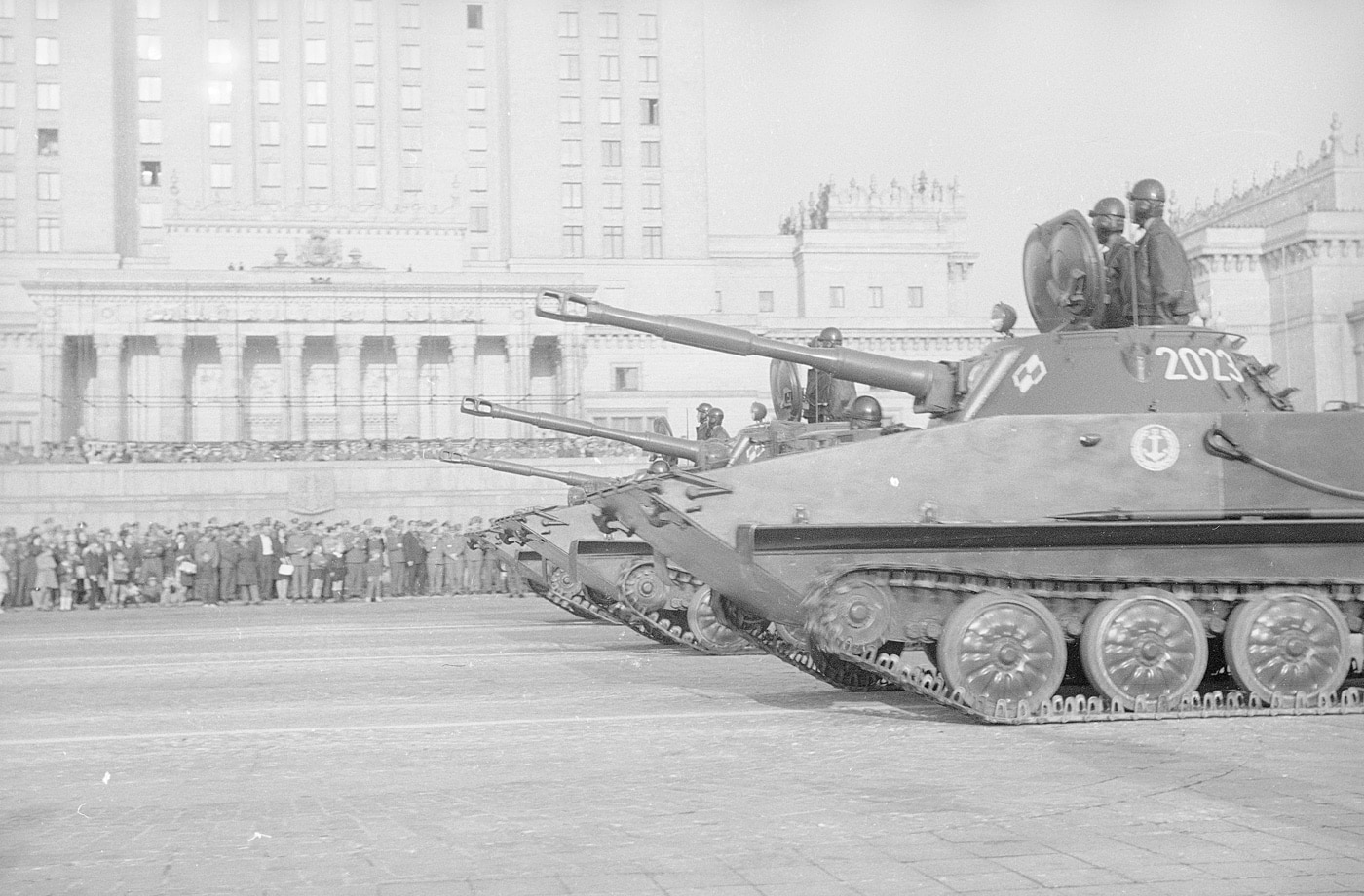
In fact, Naval Infantry had a long history even before the Soviet era, with the first units formed in 1705 by Tsar Peter the Great. Yet at the start of the Second World War, the Soviet Armed Forces actually only possessed one marine brigade. It was steadily expanded, and by the war’s end, the Soviet Navy contributed around 350,000 sailors to roughly 30 infantry brigades. In addition, the Soviet Red Army saw barriers that rivers presented as it drove back the Nazi invader — and the Naval Infantry conducted more than 122 amphibious operations, including 10 on a strategic level, 99 on a tactical level, and an additional 13 as diversions.
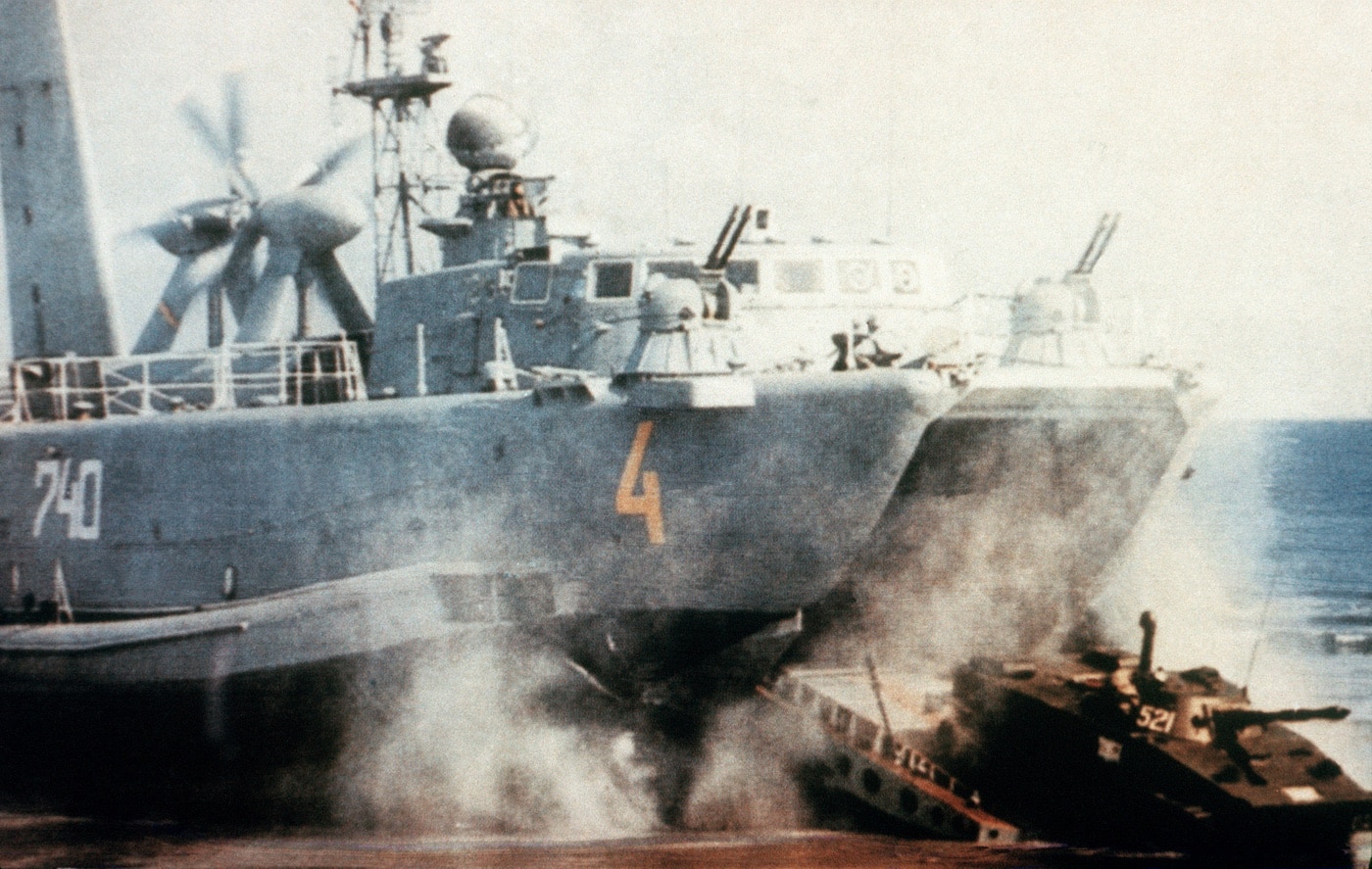
Moreover, even before the Second World War, the Soviet military sought to develop a tank that could more easily cross rivers and streams. The T-37A, based on the British Vickers tankette, became the first series of mass-produced amphibious tanks in the world. It certainly wasn’t the last.
Enter the PT-76 Tank
Developed in the late 1940s, the Soviet PT-76 proved to be an excellent design — as noted by the fact that it has remained in service for nearly seven decades. The fully amphibious tank can be propelled through the water with the help of two water jets at the rear of the hull.
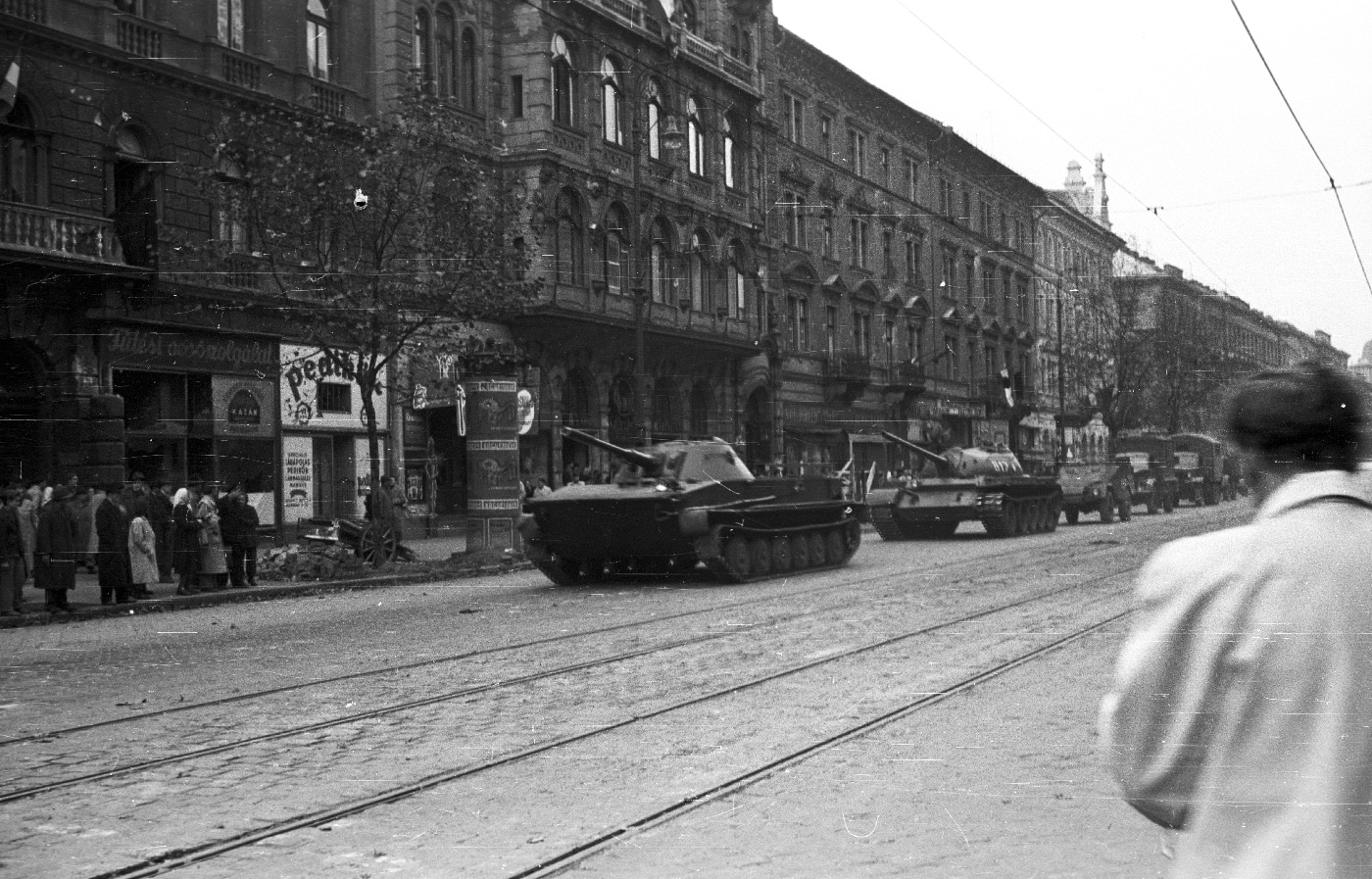
It is important to note that it was also very much designed for use in a Soviet invasion of Western Europe. During much of the Cold War, the Soviet Army’s main battle plan called for a rapid armored thrust across NATO territory — which would require a quick strike through West Germany, into the Low Countries and then onto France in an attempt to reach the Atlantic coast before NATO forces could mobilize properly.
Soviet planners saw that major natural barriers were the rivers and lakes that would need to be crossed, while NATO doctrine called for bridges to be quickly demolished. That fact led to a Soviet preoccupation with river-crossing operations and the development of a vast range of amphibious equipment, bridge-laying vehicles, and combat boats.
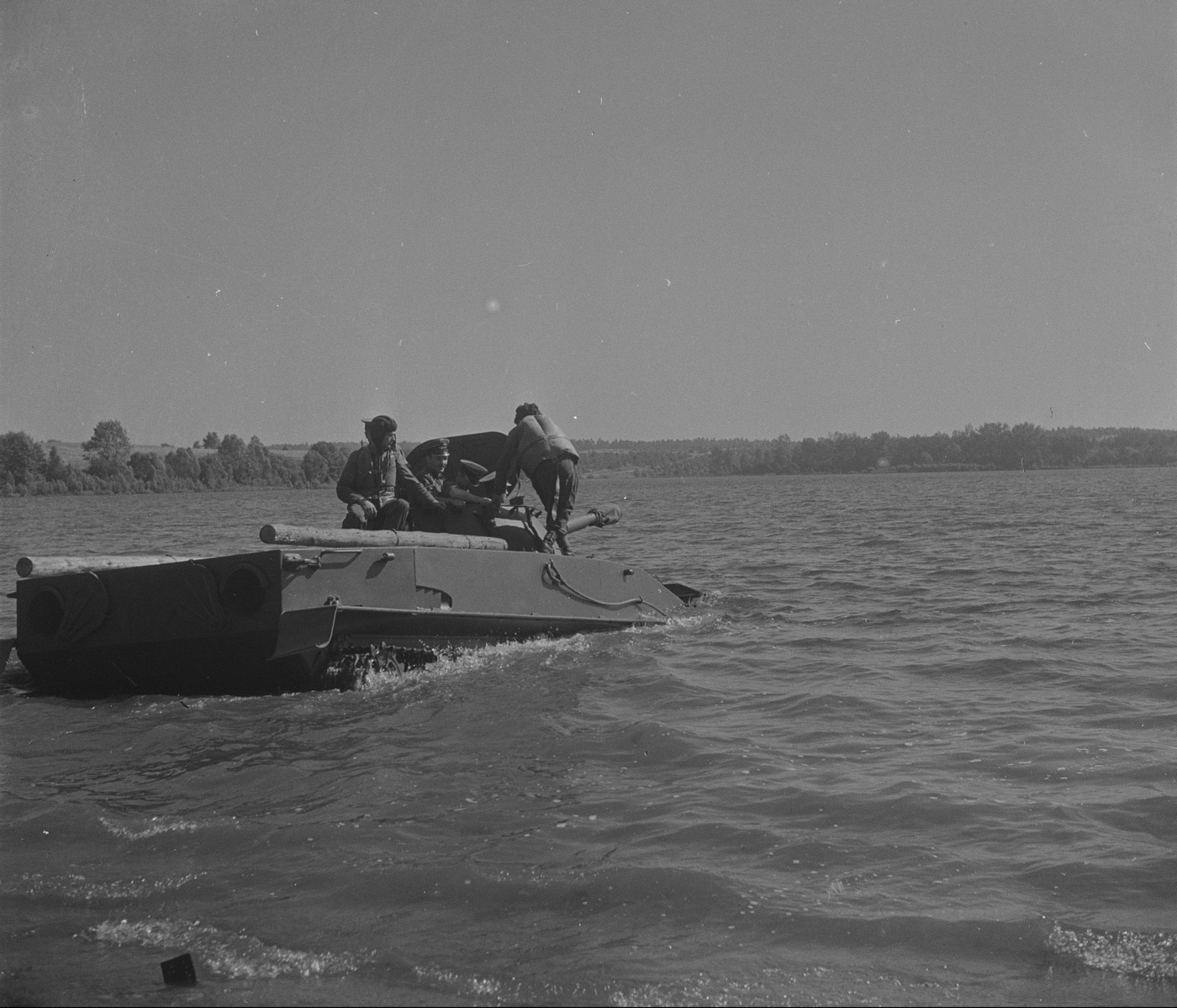
Of course, the Plavayushtshiy Tank-76 (amphibious tank — 76mm gun) was also developed to lead such an invasion. Though officially a “tank,” it was largely considered to be a reconnaissance tank or vehicle and not actually a fighting tank. Rather, its amphibious capabilities were intended to enable it to press ahead with its scouting missions.
After crossing a river, the PT-76 could still be employed as a light tank, utilizing its mobility and firepower in the vulnerable early hours of an amphibious assault until larger and more powerful tanks could arrive. Then it could revert back to its scout/recon role.
An Ambitious Amphibious Tank
What set the PT-76 apart from other amphibious tanks was that it could literally drive into the water. Other tracked vehicles with amphibious capabilities tended to require the crews to erect complex screens or snorkels before getting “wet and wild.” The PT-76, with very minor preparation, could make a river crossing.
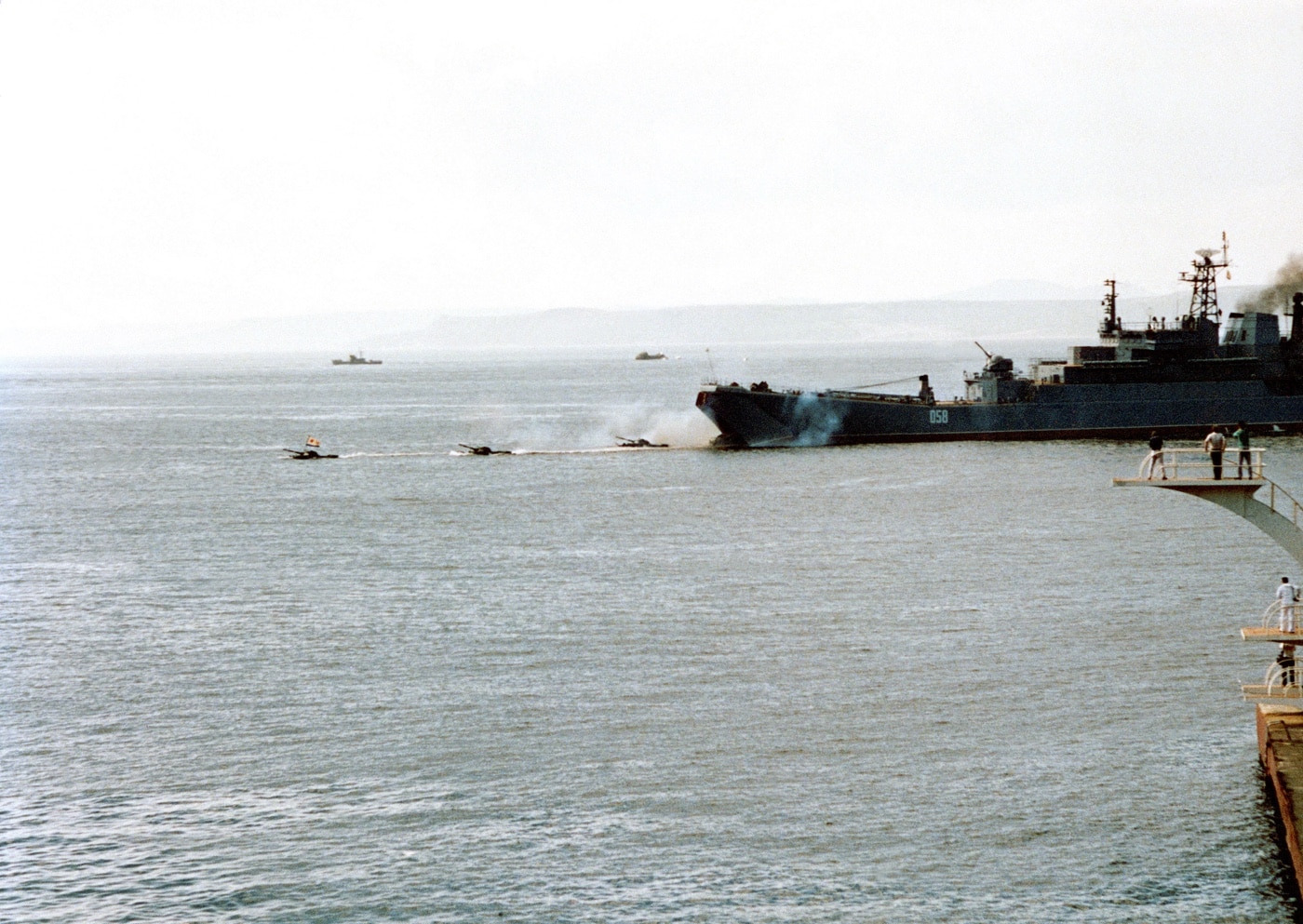
In what was true Soviet ingenuity, or perhaps just a way to cut corners in the design process, the vehicle was equipped with one-half of the Model V-54 engine that was developed for the T-54/55 tank series. Instead of the full 12 cylinders, the engine was reduced to six. It had a maximum road speed of 44 km/h (27 mph), and a fording/amphibious speed of 10.2 km/h (6.3 mph). It was far from speedy, but was faster than Soviet tanks of the era and could have served reasonably well as a forward scout.
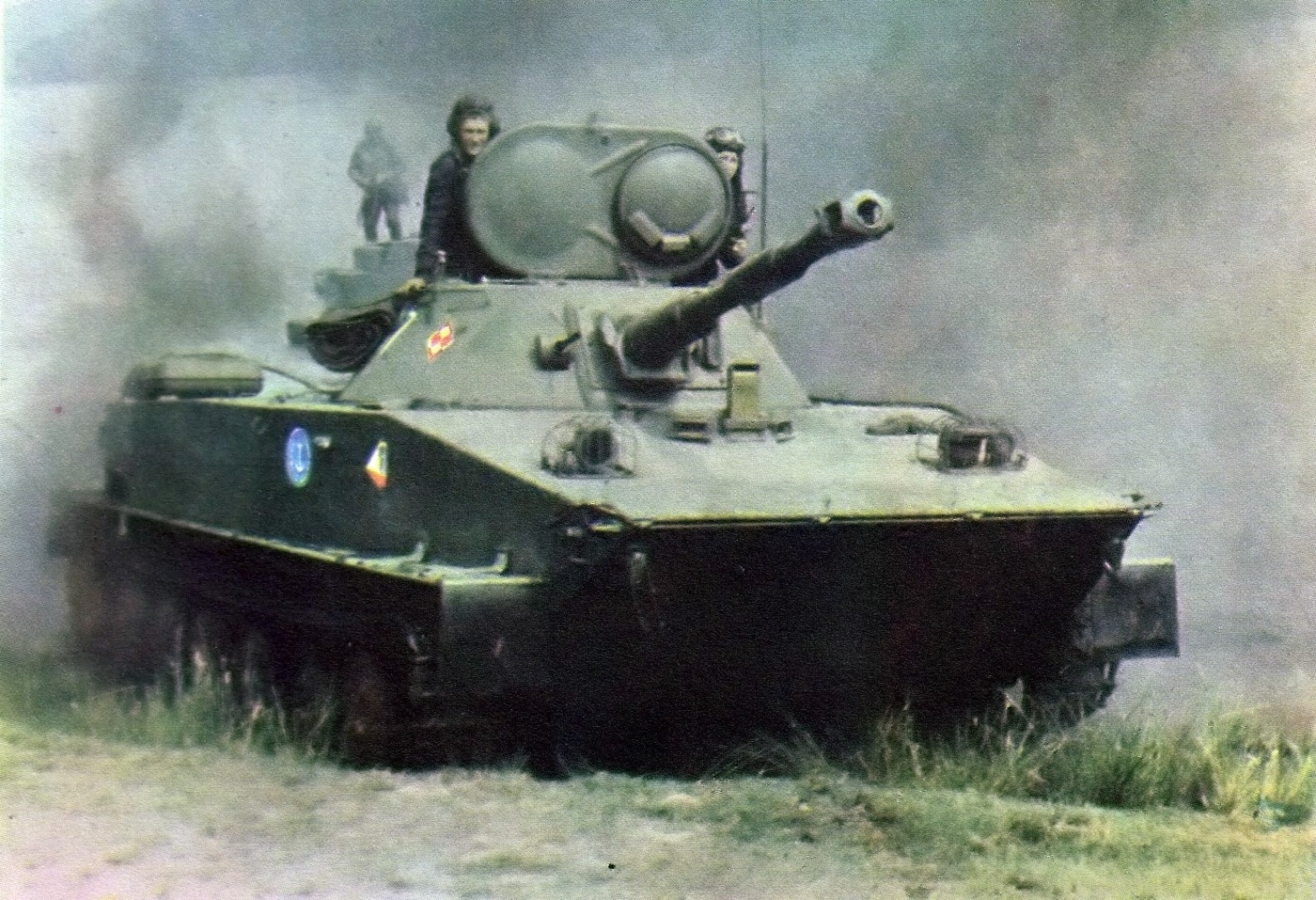
Propulsion in the water was handled by two hydrojets mounted at the rear of the hull, with intakes above the sixth road wheel, and outlet ports in the rear plate of the hull. Steering was accomplished by a means of differential controls of the vanes on the hydrojet intakes — which has been described as a “rough and ready” solution — yet still proved reasonably effective. Moreover, the PT-76 had considerable buoyancy, and it could fire its armament while afloat, but with limited accuracy of course.
Despite its capabilities, it was also by no means the perfect tank.
The PT-76 featured a welded hull that was armored to a maximum of just 14mm (half an inch) on the sides, and 11mm (.43-inches) sloped at 80 degrees on the glacis plate and turret front. Thus, it was vulnerable to light cannon fire, but also heavy machine gun fire at close ranges.
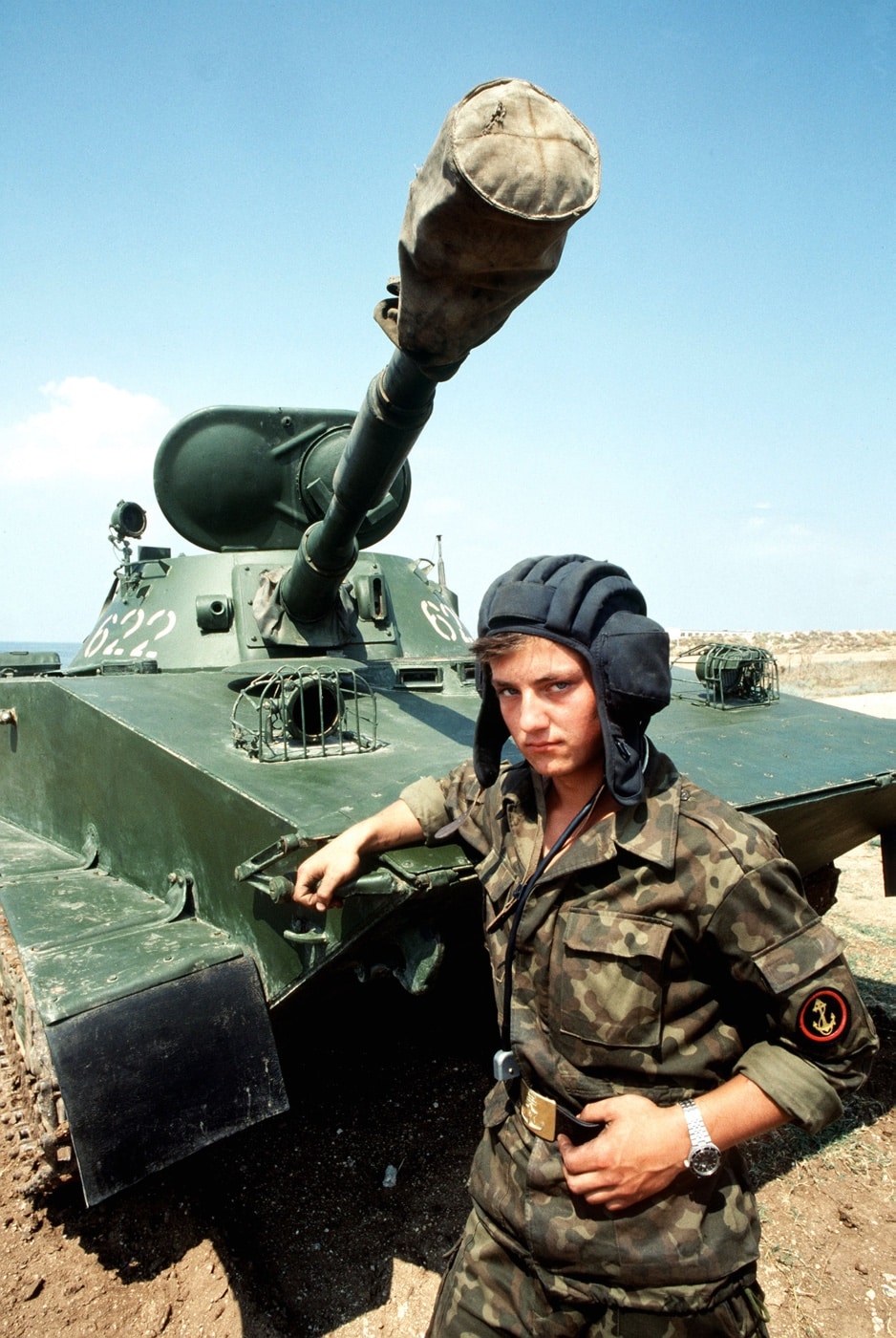
The tank’s main armament was a 76.2mm gun, based on the Red Army’s World War II tank guns. It could fire anti-piercing high-explosive (APHED), high-explosive anti-tank (HEAT), fragmentation high-explosive (FRAG-HE), and high-velocity armor-piercing (HVAP) rounds. However, the sights on the early models of the tank were only marked for the first two types of ordnance.
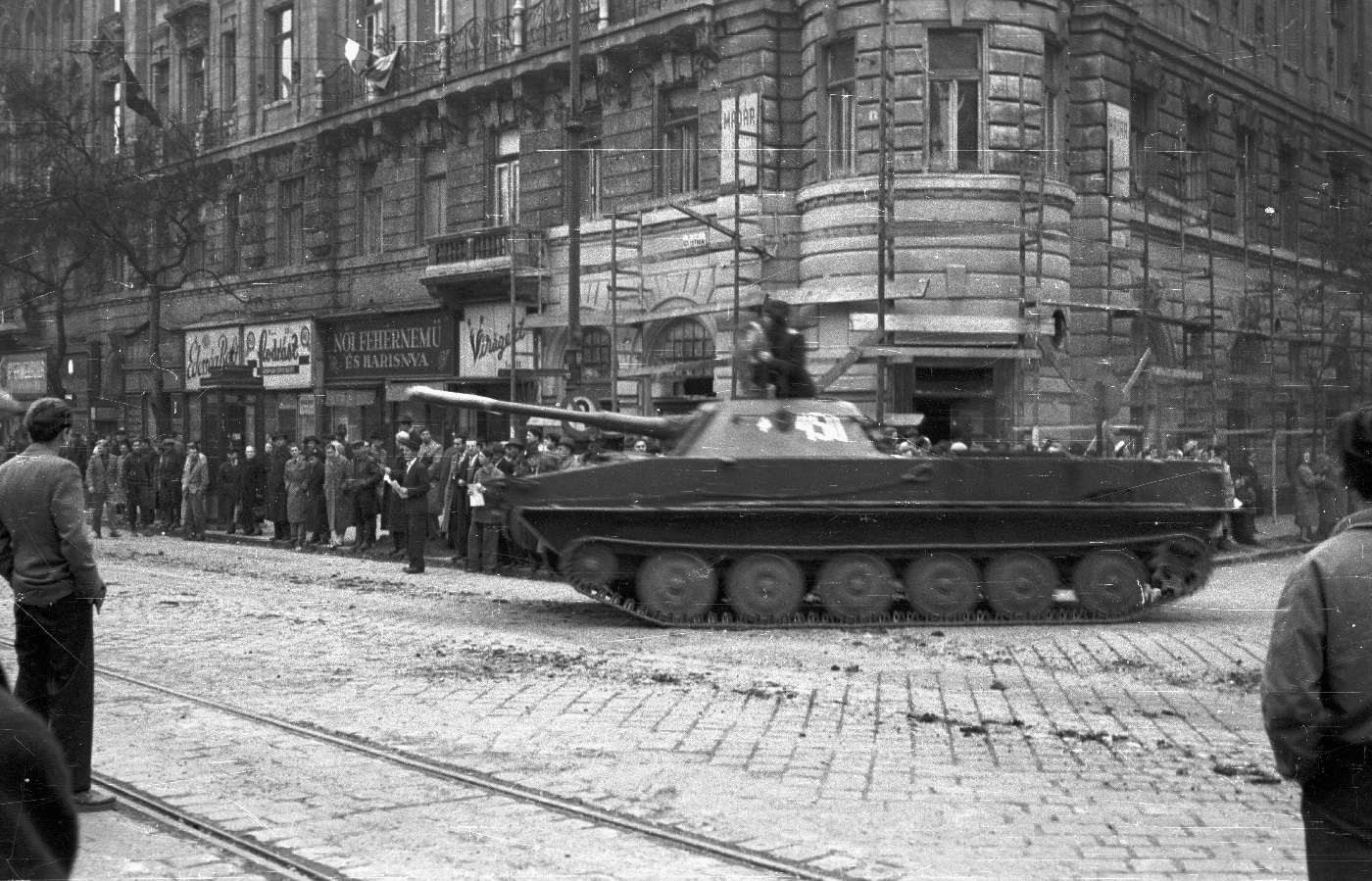
The snorkel could be easily employed for water operations by raising the trim vane, which normally laid flat across the glacis plate, while a periscope was meant to enable the driver to see over the top of the vane. However, the snorkel also fit over a ventilator in the turret rear and, as a result, could all too easily suck exhaust gases into the crew compartment. In addition, when the vehicle was in the water, the driver’s visibility was often limited — and as a result, the commander needed to issue steering instructions.
Combat History and Continued Service
The PT-76 was eventually replaced throughout the Warsaw Pact by reconnaissance versions of the BMP-1 and BMP-76 vehicles. Production of the amphibious tank ended in 1967, by which time some 7,000 were built — with approximately 2,000 exported to Soviet client states and partners throughout the world.
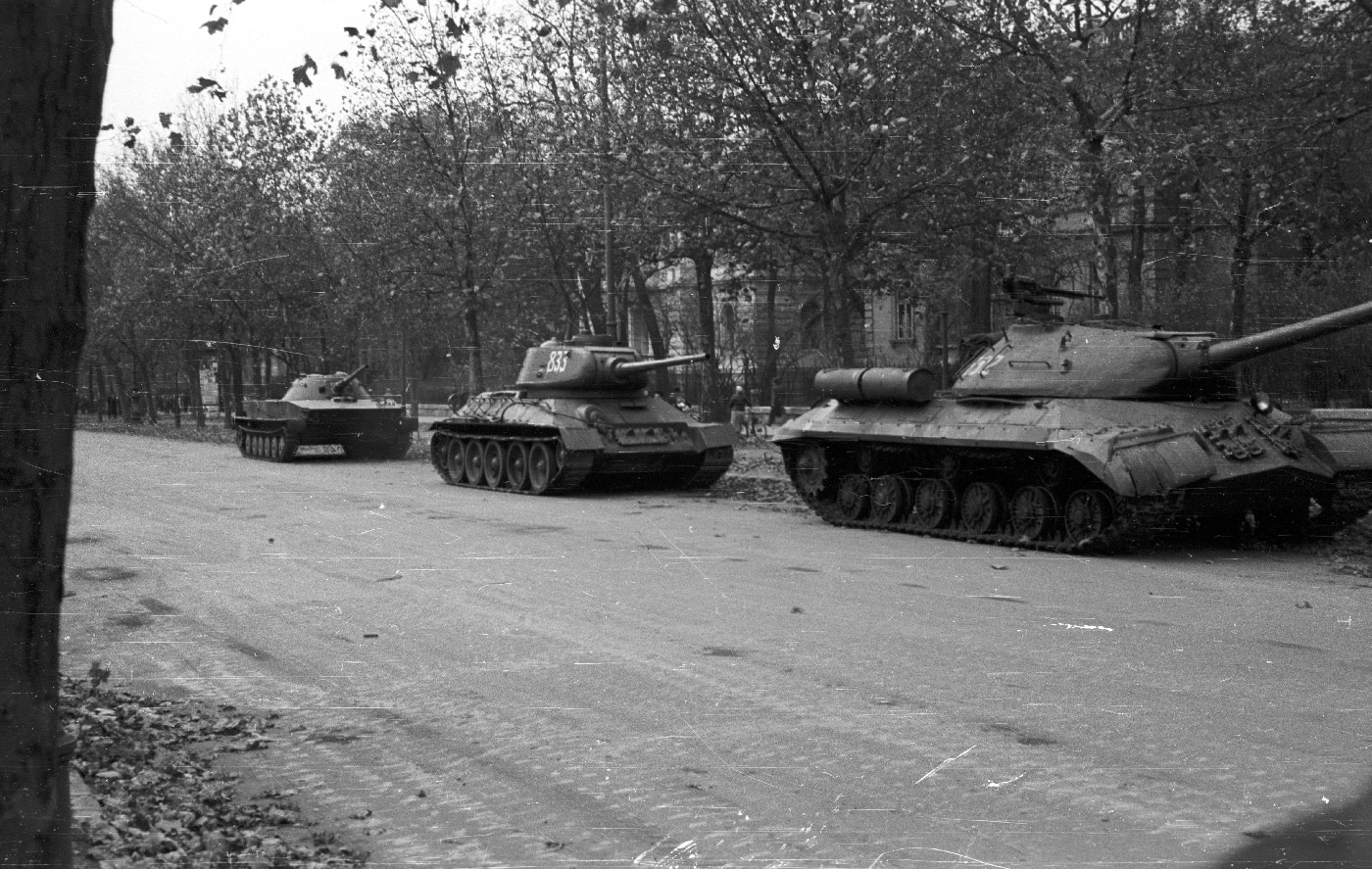
As of this year, the vehicle still remains in service with a number of nations in Africa and Asia.
As many as 300 were reported to be in service in Vietnam in recent years, which is somewhat fitting as the People’s Army of Vietnam (PAVN) was the first military to employ the vehicle in combat operations. Soviet-supplied PT-76s served alongside T-54/55s and Chinese Type 62 tanks in the Vietnam War, and the first PT-76 was spotted crossing the Bến Hải River in the summer of 1968. It was destroyed following an encounter with a U.S. M48 “Patton” tank, which was supported by F-4 Phantom jet fighter bombers.
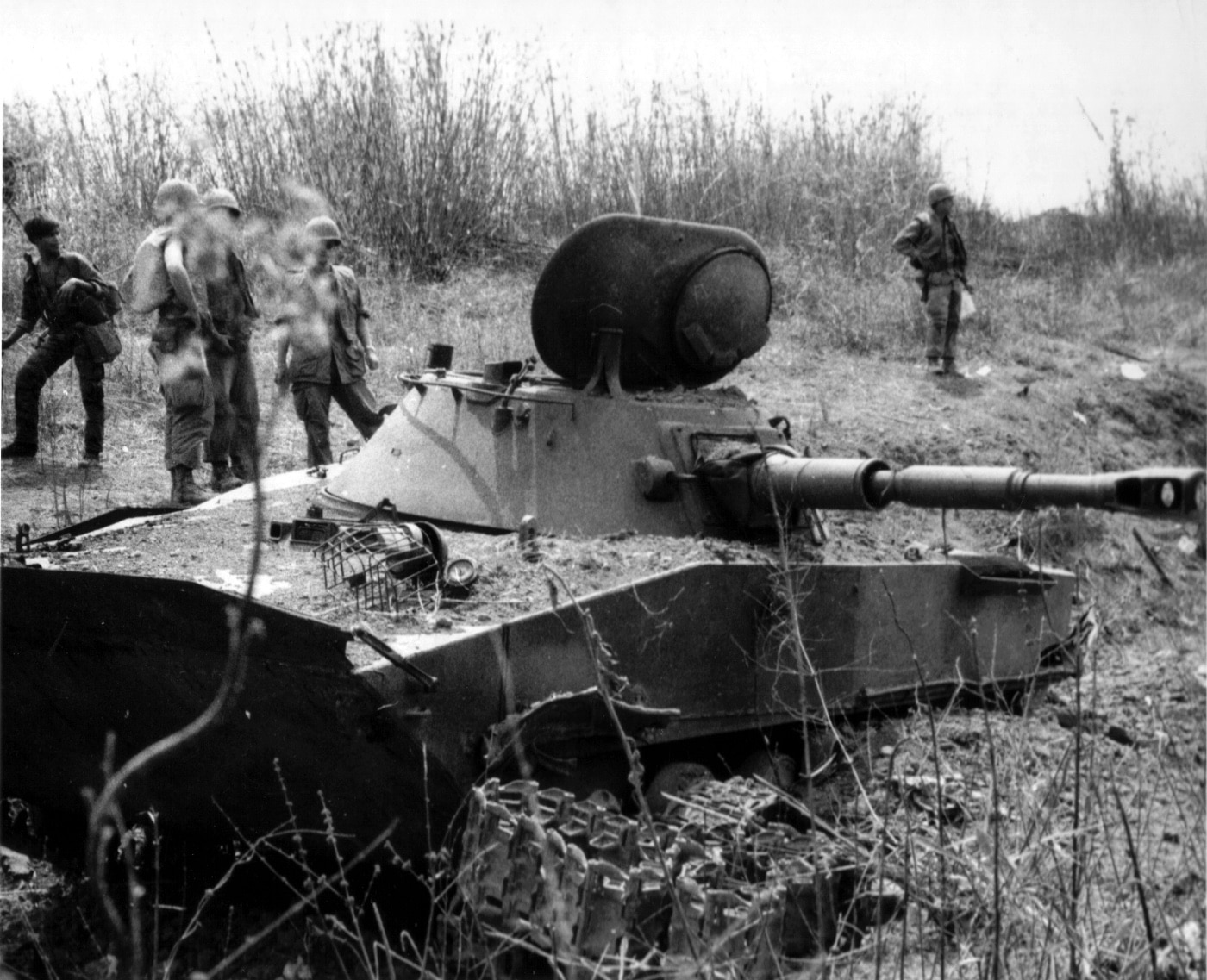
Ten PT-76s were also deployed during the Battle of Ben Het in March 1969 — the only PAVN-U.S. Army tank battle of the conflict. One U.S. M48A3 tank was lightly damaged while two PT-76s were destroyed in the encounter.
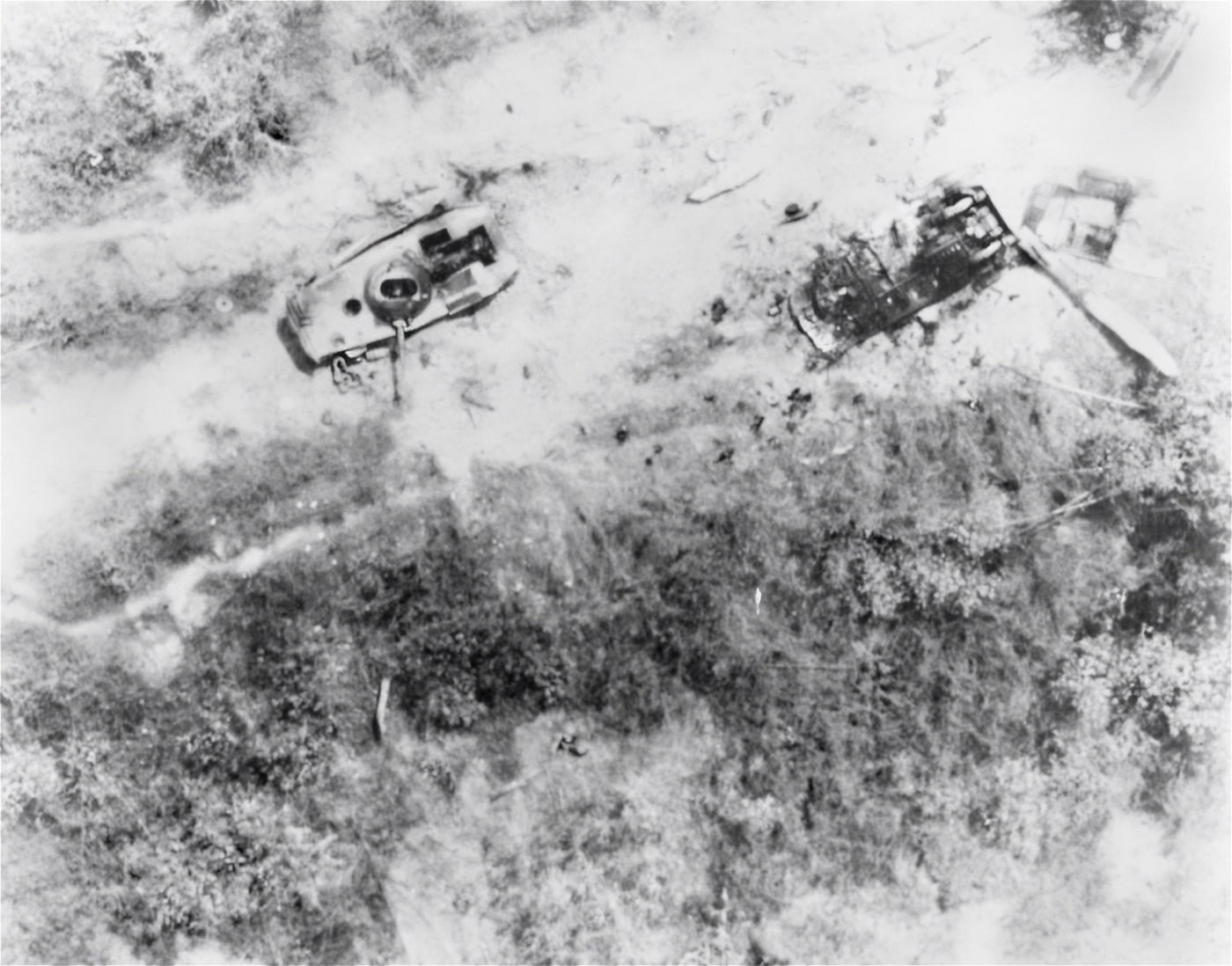
A number of the amphibious tanks saw combat operations in the Laotian Civil War, with the Indian Army during the Indo-Pakistani Wars of 1965 and 1971, with Egyptian and Syrian forces in both the Six-Day War and Yom Kippur War, the Iran-Iraq War, the Gulf War, the Yugoslav Civil Wars, and 2003’s Operational Iraqi Freedom.
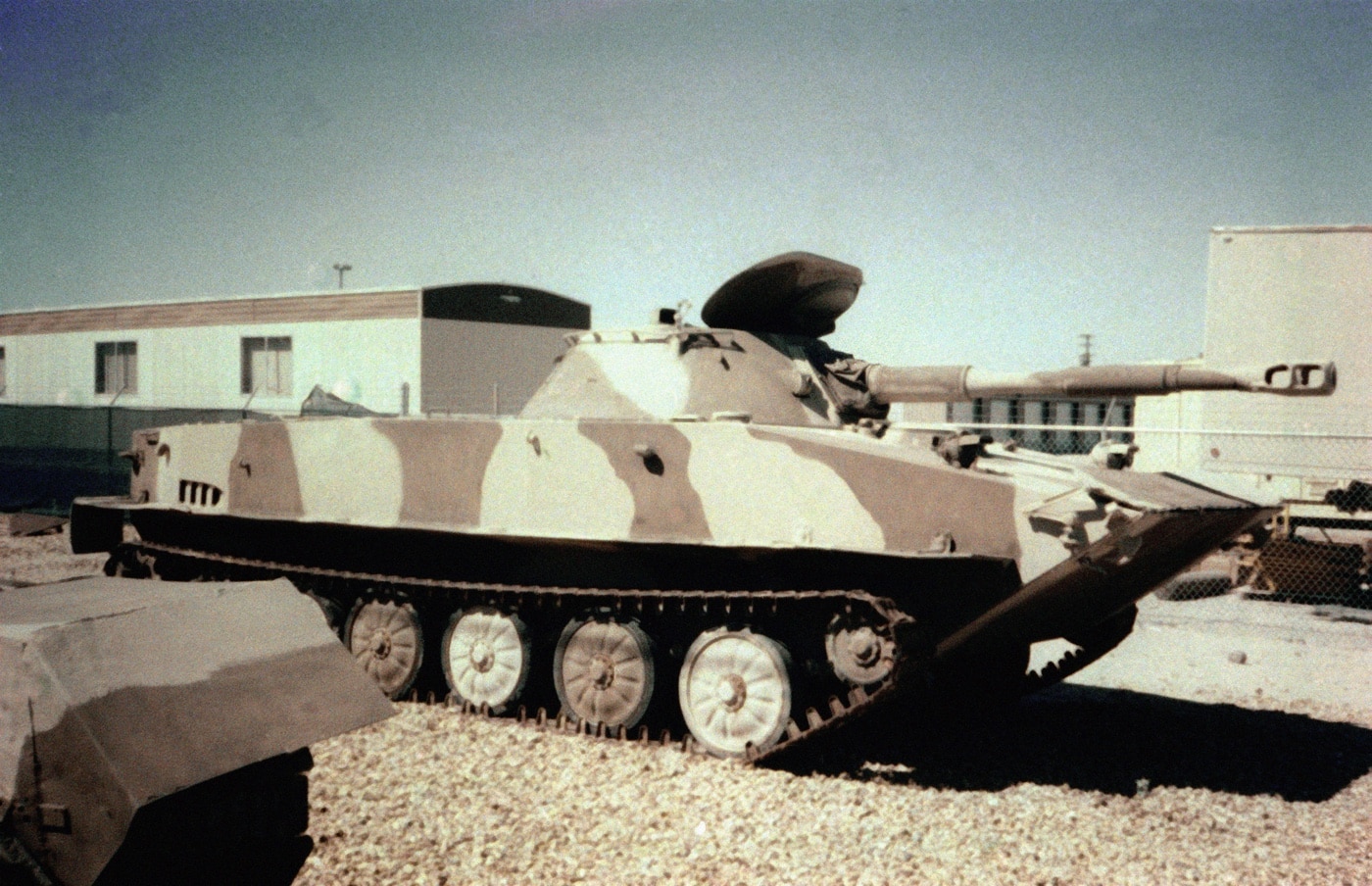
Interestingly, though designed for a war with the West, the PT-76 was never employed in combat while in Soviet service. A few PT-76s had supported the 1956 Soviet invasion of Hungary, but none were used in the fighting in Budapest. There is also no record of any PT-76s being deployed to Afghanistan.
Won’t See The PT-76 in Ukraine
Though Russia has employed many Cold War-era vehicles in combat operations in Ukraine, the PT-76 hasn’t been one of them, and it is very unlikely any could be sent to the frontlines at this point. Russia inherited around 1,000 PT-76s following the dissolution of the Soviet Union, a few had been employed in a supporting role in the Second Chechen War of 1999, and fewer than 30 were reported to be in service with the Russian Naval Infantry in 2012.
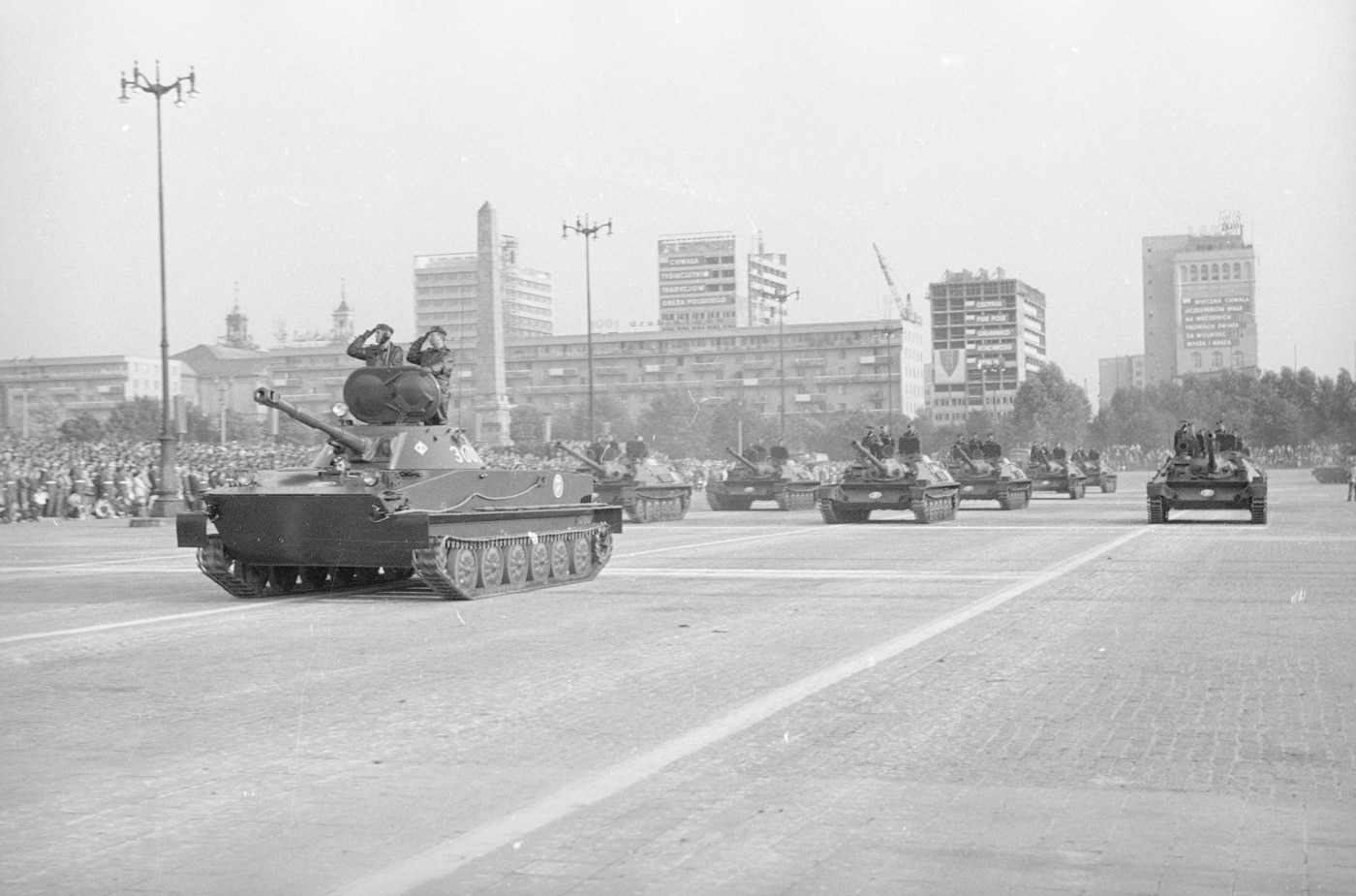
Likewise, Ukraine had inherited just 50 of the vehicles, yet fewer than five were in service only a few years later.
A handful of the Cold War-era PT-76s are now in museums in the West, a reminder of the Soviet Union’s plans to strike fast and deep into Western Europe in the event of war.
Editor’s Note: Please be sure to check out The Armory Life Forum, where you can comment about our daily articles, as well as just talk guns and gear. Click the “Go To Forum Thread” link below to jump in and discuss this article and much more!
Join the Discussion
Continue Reading
Did you enjoy this article?

 51
51






